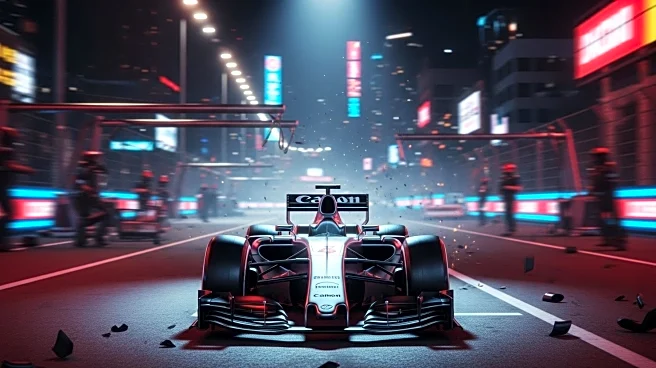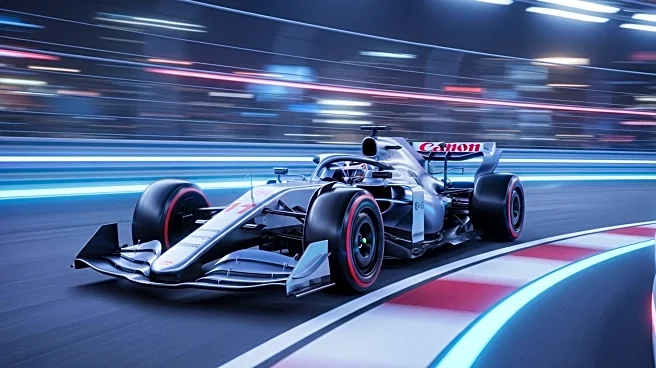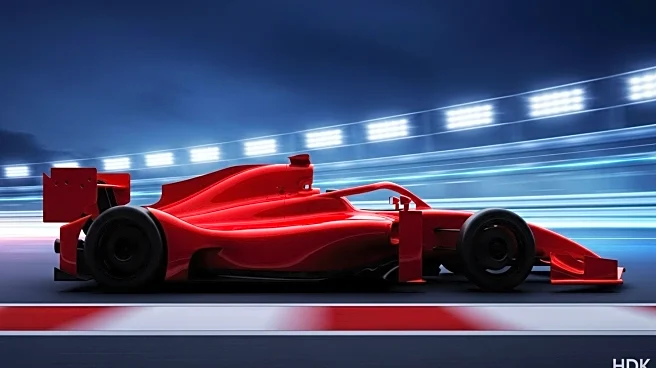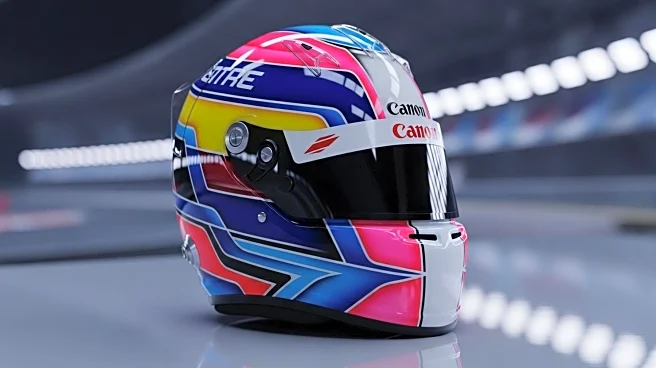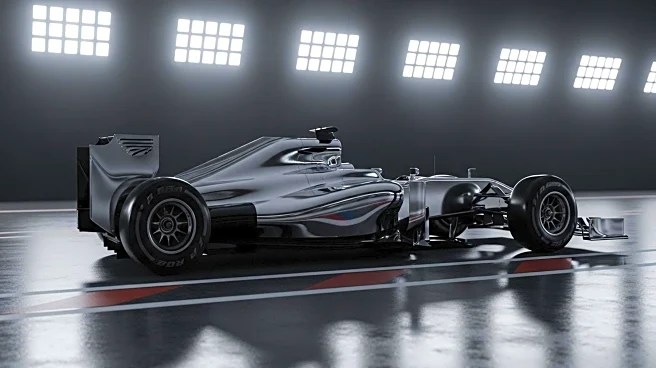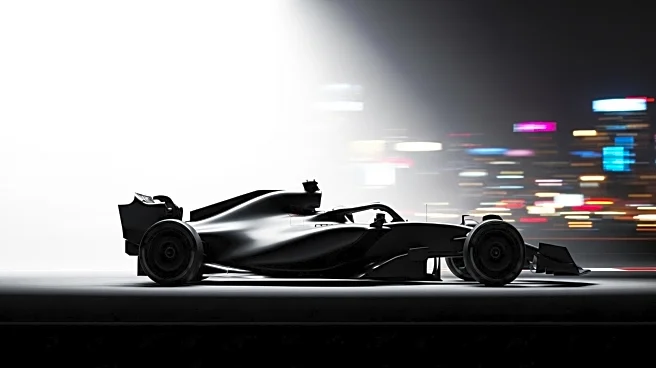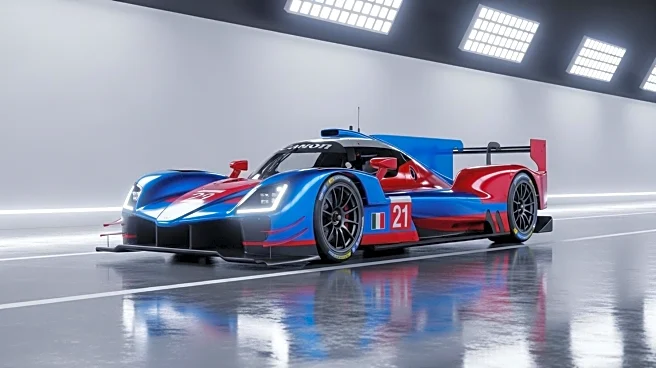What's Happening?
During the second practice session for the Singapore Grand Prix, Red Bull's Max Verstappen demonstrated competitive performance on the high-downforce track, suggesting a potential recovery for the team. Despite disruptions from red flags caused by George Russell and Liam Lawson, Verstappen's laps indicated consistency and competitiveness. The session revealed that Red Bull's recent balance improvements and front wing developments are contributing to its performance. However, the team remains cautious about its competitiveness over race stints, particularly concerning tyre temperature traits.
Why It's Important?
Red Bull's improved performance in Singapore could shift the balance of the season, impacting the championship race and team strategies. Verstappen's ability to compete with McLaren on a high-downforce track suggests that Red Bull's developments are effective, potentially enhancing their competitiveness in future races. This recovery could influence the team's approach to upcoming races and their position in the championship standings. The session's disruptions highlight the challenges teams face in optimizing their setups and strategies under unpredictable conditions.
What's Next?
Teams will analyze data from practice sessions to refine their strategies for qualifying and the race. Red Bull will focus on addressing tyre temperature issues to ensure competitiveness over race stints. The upcoming qualifying session will provide further insights into team performance and potential outcomes for the race. Teams will continue to develop and adjust their setups to maximize performance under varying track conditions.
Beyond the Headlines
Red Bull's recovery could lead to strategic shifts in resource allocation and development focus, impacting their long-term competitiveness. The session's disruptions underscore the importance of adaptability and resilience in F1, prompting teams to enhance their strategies for handling unexpected challenges.


